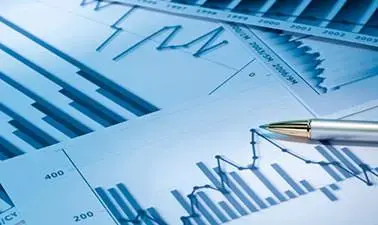Financial Programming and Policies, Part 1: Macroeconomic Accounts & Analysis
Self-paced course
Certification program
Price
Rating
Overview
How healthy is the state of the economy? How can economic policy help support or restore health to the economy? These questions are at the heart of financial programming. In our FPP courses you will learn the building blocks of how to answer to these questions.
Financial programming is a framework to analyze the current state of the economy, forecast where the economy is headed, and identify economic policies that can change the course of the economy.
In Part 1 of the FPP sequence, presented by IMF's Institute for Capacity Development, you will learn the basic skills required to conduct financial programming. The course presents the principal features of the four main sectors that comprise the macroeconomy (real, fiscal, external, and monetary); demonstrates how to read, interpret, and analyze the accounts for these sectors; and illustrates how these sectors are interlinked. (Part 2 of the FPP sequence will cover preparation of a baseline forecast and design of an adjustment program.)
During the course, economists from the IMF will lead you through the accounts and analysis of an economy. Besides engaging with lecture videos, you will answer questions on the concepts explained, solve short numerical exercises, discuss with fellow participants economic developments in your country, and work with data for a hypothetical country. The reading material will be provided to you.
Whether you are a civil servant working on economic issues for your country, a professional working with economic data, or simply interested in better understanding the developments of an economy, this course will provide hands-on training on macroeconomic analysis. We hope that you will join us in this exciting journey!
Financial Programming and Policies, Part 1 is offered by the IMF with financial support from the Government of Japan.
- How to identify the four main sectors of an economy and understand the key linkages among them
- How to read, interpret, and analyze macroeconomic data
- How to identify macroeconomic imbalances
- How to retrieve data for your own country and analyze it
Learning outcomes
Post this credential on your LinkedIn profile, resume, or CV, and don’t forget to celebrate your achievement by sharing it across your social networks or mentioning it during your performance review
Similar courses
Featured articles
44491 students
42 Days
English
Beginner

















